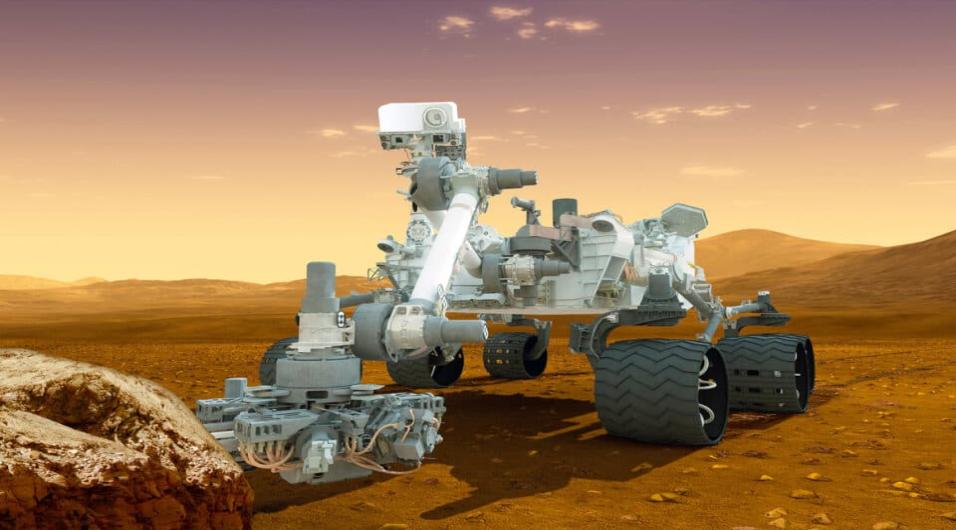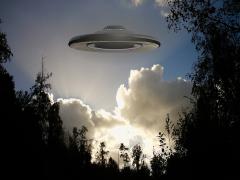
Investigating the Possibility of Microbial Life on Mars Through Analysis of Martian Soil Samples Collected by NASA's Perseverance Rover.
Analysis of Martian Soil Samples for Indicators of Microbial Life
What are the key chemical components found in Martian soil samples?
One of the most distinctive features of Martian soil is its high iron content, primarily in the form of iron oxides, which give the soil its characteristic reddish hue. This iron-rich composition is similar to volcanic soils found on Earth, particularly those from Hawaii, which NASA has used to create simulated Martian soil for scientific testing. Usually minerals comes from clay, volcanic rock and sand.
The presence of finely broken basaltic rock fragments further highlights the volcanic nature of the Martian terrain. Another critical chemical component in Martian soil is perchlorates—chlorine-containing compounds that are both abundant and toxic, posing challenges for potential microbial life. Sulphur and chlorine are also enriched in Martian soil, indicating complex chemical interactions that have occurred over geological timescales. These interconnected chemical elements not only shape the physical characteristics of Martian soil but also significantly impact its potential for supporting future human missions and agricultural endeavors. Hence, understanding the detailed composition of Martian soil is crucial for planning effective interventions to mitigate toxic elements and harness beneficial ones for sustainable human activities on Mars.
How do these chemical components compare to those found in Earth’s soil where microbial life exists?
In Earth's soil, microbial life plays a critical role in mediating various biogeochemical processes that are essential for maintaining soil health and ecosystem function. These microorganisms, particularly soil bacteria, contribute significantly to nutrient cycling by regulating the availability of essential elements such as nitrogen, carbon, and sulfur. For instance, soil bacteria are involved in cycling trace gases like nitrous oxide (N2O), nitric oxide (NO), carbon monoxide (CO), hydrogen (H2), and reduced sulfur species, which not only impact the soil's chemical environment but also influence the atmospheric composition and Earth's radiation balance. Furthermore, the microbial decomposition of plant residues and organic matter (OM) is crucial for providing the carbon and nutrients required by living organisms in the soil. This decomposition process is facilitated by various enzymatic activities and microbial interactions with soil minerals, leading to the formation of organo-mineral associations and the weathering of minerals through mechanisms such as pH changes, chelation, and redox reactions. In contrast, Martian soil, primarily composed of iron oxides and weathered volcanic rock, lacks the organic matter and microbial activity essential for these biogeochemical processes. The absence of such microbial life on Mars means that the soil there does not undergo the same nutrient cycling and mineral weathering processes seen on Earth, highlighting the significant role that microbial life plays in shaping the soil environment and supporting terrestrial ecosystems. This comparison underscores the importance of microbial processes in soil health and the potential challenges of sustaining life in extraterrestrial environments without such microbial activity.
What specific tests and methodologies did NASA’s Perseverance Rover use to detect possible microbial life in the soil samples?
NASA’s Perseverance Rover implemented several sophisticated methodologies to detect potential microbial life in Martian soil samples. One of the key approaches involved the detection of radioactive gases as indicators of microbial metabolism. By injecting nutrients into the soil samples and monitoring the subsequent release of radioactive gases, the rover aimed to identify metabolic activity that could suggest the presence of microbial life. This method was thoroughly tested and validated by experiments conducted on Earth, where scientists, including Ms. Teece, simulated the Martian environment and applied similar techniques to select and analyze rocks for biomarkers. These biomarkers are essentially organic molecules that, on Earth, are often associated with life. Furthermore, to ensure the reliability of their findings, the team conducted sterilization control tests by heating soil samples to various temperatures before nutrient injection. For instance, soil samples heated at 160 °C for 3 hours did not emit any radioactive gas upon nutrient injection, confirming the absence of active microbial life under such conditions. Conversely, samples stored at 10 °C for several months exhibited a significant reduction in radioactive gas release, highlighting the sensitivity of microbial activity to temperature changes. These comprehensive tests and methodologies underscore the meticulous approach taken by NASA’s Perseverance Rover team to explore the potential for life on Mars, providing crucial insights into the intricate relationship between environmental conditions and microbial viability.







